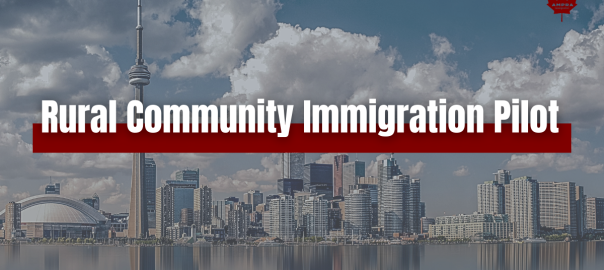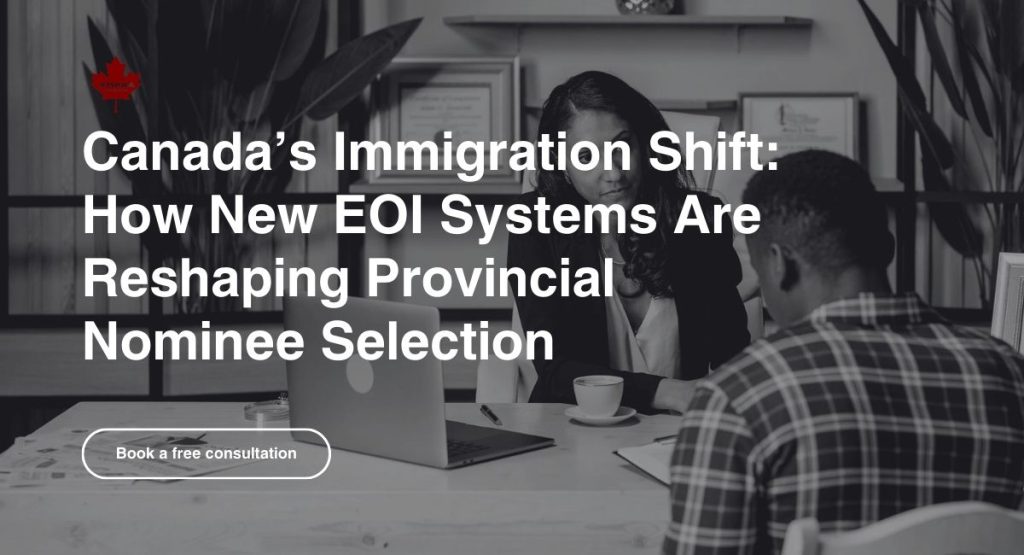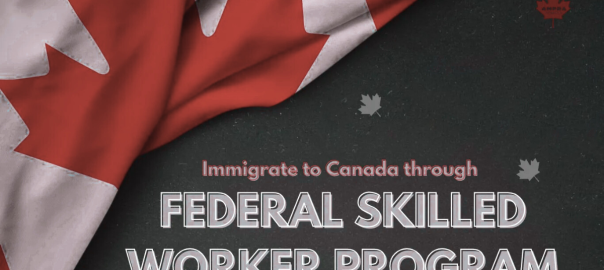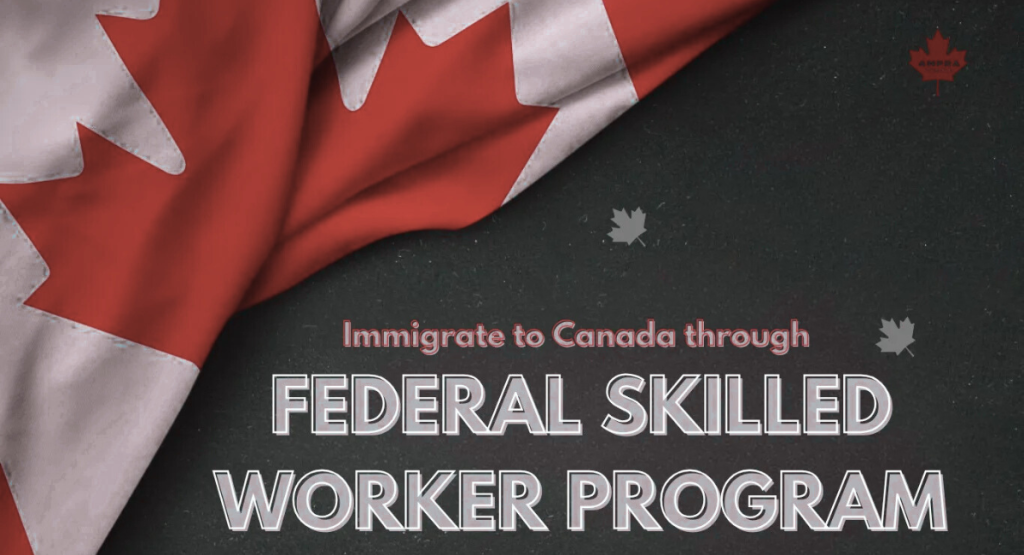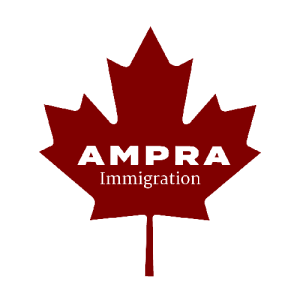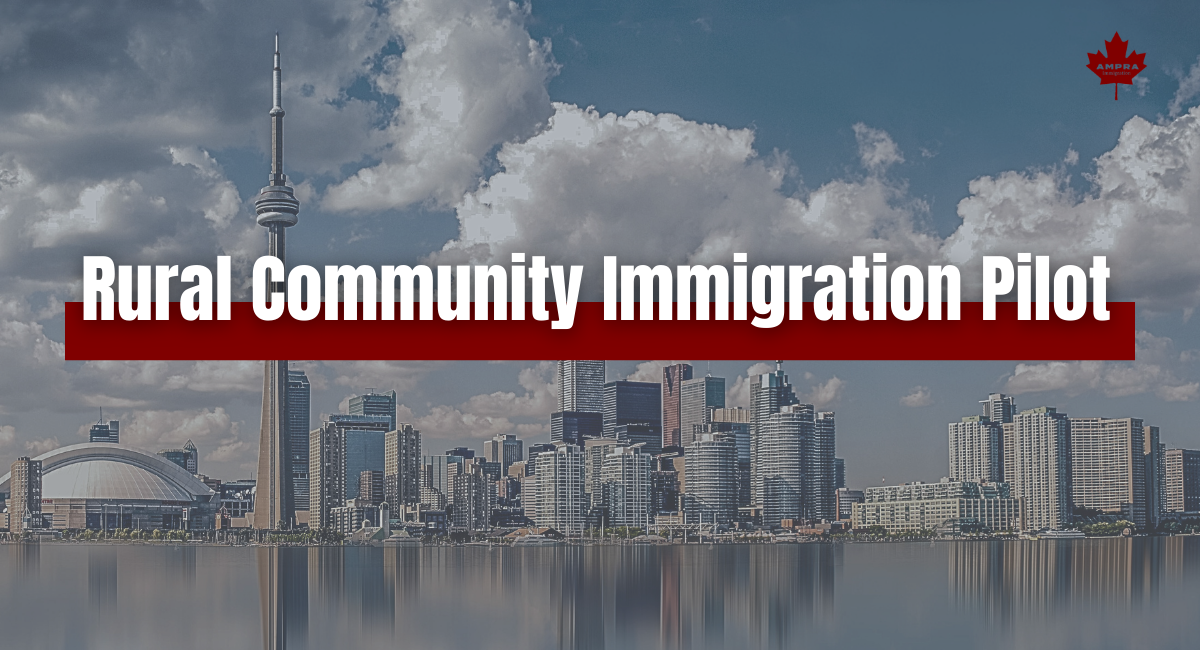
A Unique Pathway to Canadian Permanent Residence
The Rural Community Immigration Pilot (RCIP) is a Canadian immigration program designed to help skilled foreign workers obtain permanent residence (PR) while contributing to the growth and sustainability of smaller, rural, and remote communities across Canada.
To ensure the success of this initiative, the government has partnered with 14 carefully selected communities that have demonstrated the capacity to welcome newcomers and the need for skilled labour. These communities work directly with local employers to fill jobs that cannot be filled locally, helping to address labour shortages and support long-term economic development.
Through the RCIP, eligible applicants can build a stable future in Canada while enjoying the affordable cost of living, tight-knit communities, and high quality of life that these regions offer.
WHO CAN APPLY
The eligibility criteria you’ve listed are for applying for permanent residence under the Rural Community Immigration Pilot (RCIP) in Canada. Here’s a clearer breakdown of who can apply under this pilot:
Step 1: You can apply if you:
- Have a valid job offer: From a designated employer located in one of the participating rural or northern communities in Canada.
- Have qualifying work experience:
- At least 1 year (1,560 hours) of related work experience in the last 3 years.
- This experience must be in a paid, non-volunteer job and align with the job offer and required skill level.
- Meet the language requirements:
- You must take an approved language test (e.g., IELTS, CELPIP, TEF, or TCF).
- The minimum language requirement depends on the National Occupational Classification (NOC) skill level of the job you’re offered:
- NOC 0 and A: CLB/NCLC 6
- NOC B: CLB/NCLC 5
- NOC C and D: CLB/NCLC 4
- Have the right educational background:
- Either a Canadian post-secondary certificate, diploma or degree
- Or a foreign credential with an Educational Credential Assessment (ECA) showing it is equivalent to a Canadian credential.
- Show you have enough settlement funds:
- You must prove you have enough money to support yourself and your family members, even if they aren’t coming to Canada with you.
- Exception: If you are already working in Canada on a valid work permit, you may not need to show proof of funds.
Step 2: Get a Community Recommendation
After you’ve secured a valid job offer from a designated employer in one of the participating communities:
What Happens Next: If approved, they will issue a community recommendation letter.
- Employer Submits the Application
- Your employer sends your recommendation request to the local community
- You don’t apply to the community directly yourself (in most cases).
- You don’t apply to the community directly yourself (in most cases).
- Community Reviews Your Application
- The community will check:
- Whether your job offer is real and in a priority sector or occupation for that community.
- Whether you meet all RCIP requirements, such as:
- Work experience
- Language ability
- Education
- Proof of funds
- Community Makes a Decision
- If approved, they will issue a community recommendation letter.
Next Step: With the community recommendation, you can now proceed to apply for permanent residence through Immigration, Refugees and Citizenship Canada (IRCC).
💡 Thinking about applying through the Rural Community Immigration Pilot (RCIP)?
Don’t navigate the process alone—our team at Ampra Immigration is here to guide you step by step. From securing a valid job offer to preparing your application, we ensure your journey to Canadian PR is smooth and stress-free.
Step 3: Apply for Permanent Residence
Once you’ve received your community recommendation, you’re eligible to apply for permanent residence through Immigration, Refugees and Citizenship Canada (IRCC).
Here’s what you need to do:
1. Apply Online via the PR Portal
- Go to the official Permanent Residence Portal.
- Either:
- Create an account (if you’re a new user), or
- Sign in (if you already have an account)
Do not apply through your IRCC Secure Account — use the PR Portal specifically designed for permanent residence applications.
2. Prepare Your Documents: Make sure you upload all required documents, including
- Community recommendation letter
- Job offer letter from the designated employer
- Language test results (IELTS, CELPIP, TEF, etc.)
- Educational Credential Assessment (ECA), if applicable
- Proof of work experience
- Proof of funds (unless exempt)
- Police certificates, medical exams, and identity documents (like passport copies)
3. Pay Your Application Fees
Base Cost From $1,525 CAD: This is for one adult applicant and includes:
| Fee Type | Amount (CAD) |
| Processing fee | $850 |
| Right of permanent residence fee (RPRF) | $515 |
| Biometrics fee | $85 |
| Total (1 adult applicant) | $1,525 |
Pay online using a credit/debit card through the IRCC Fee Payment Portal.
Include Your Payment Receipt:
- After payment, download and save your official receipt (PDF).
- Upload the receipt as part of your permanent residence application through the PR Portal.
Other Common Costs (Not Paid to IRCC):
These are paid to third parties as part of the RNIP process:
| Service | Cost Estimate (CAD) |
| Language Test (IELTS/CELPIP) | $280 – $350 |
| Educational Credential Assessment (ECA) | $200 – $300 |
| Medical Exam | $100 – $300 |
| Police Certificate(s) | Varies by country |
Submit Your Completed Application
Before you hit “submit,” double-check everything carefully. Incomplete or incorrect applications are rejected without processing.
Final Checklist:
- All questions answered on the application forms
- All forms signed electronically (or by hand if required)
- All supporting documents uploaded, including:
- Community recommendation letter
- Job offer
- Proof of language test, ECA, work experience, funds, etc.
- Fee receipt attached
- Biometrics fee paid upfront
Important Notes:
- If your application is incomplete, IRCC will return it, and you’ll need to resubmit after correcting the issue.
- Do not skip the biometrics fee — it can delay your application significantly.
Step 4: Submit Your Application
After submitting, you’ll receive a confirmation number and instructions on the next steps (e.g. biometrics, medical exam).
Processing Time
- Processing times vary but expect several months depending on your country of residence and file complexity.
- You can track your application status online.
Optional Work Permit – RCIP
If you’ve applied for permanent residence under the Rural Community Immigration Pilot (RCIP), you may also apply for a 2-year work permit while your PR application is being processed.
Key Features:
- Valid for 2 years
- Employer-specific (you can only work for the employer who made you the job offer)
- Only for RCIP applicants
Eligibility Requirements:
- Have an eligible job offer from a designated employer
- Have a community recommendation from a participating rural community
- Be eligible for a work permit under immigration rules
👩❤️👨 For Spouses or Common-law Partners:
- They can apply for an open work permit at the same time as your application.
- Their work permit:
- Is open (any employer)
- Restricts work to within the same community
🌟 Your dream of Canadian permanent residence starts here. The RCIP offers a unique pathway to build a secure future in welcoming rural communities across Canada.
Let Ampra Immigration (Canada Immigration Consultant) handle the complexities so you can focus on building your new life.
